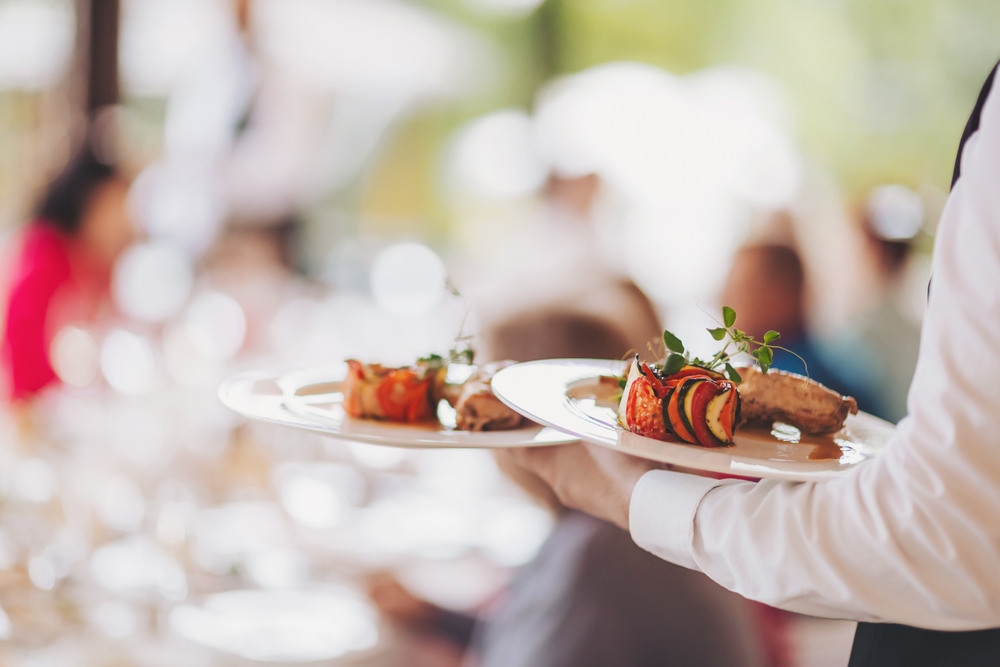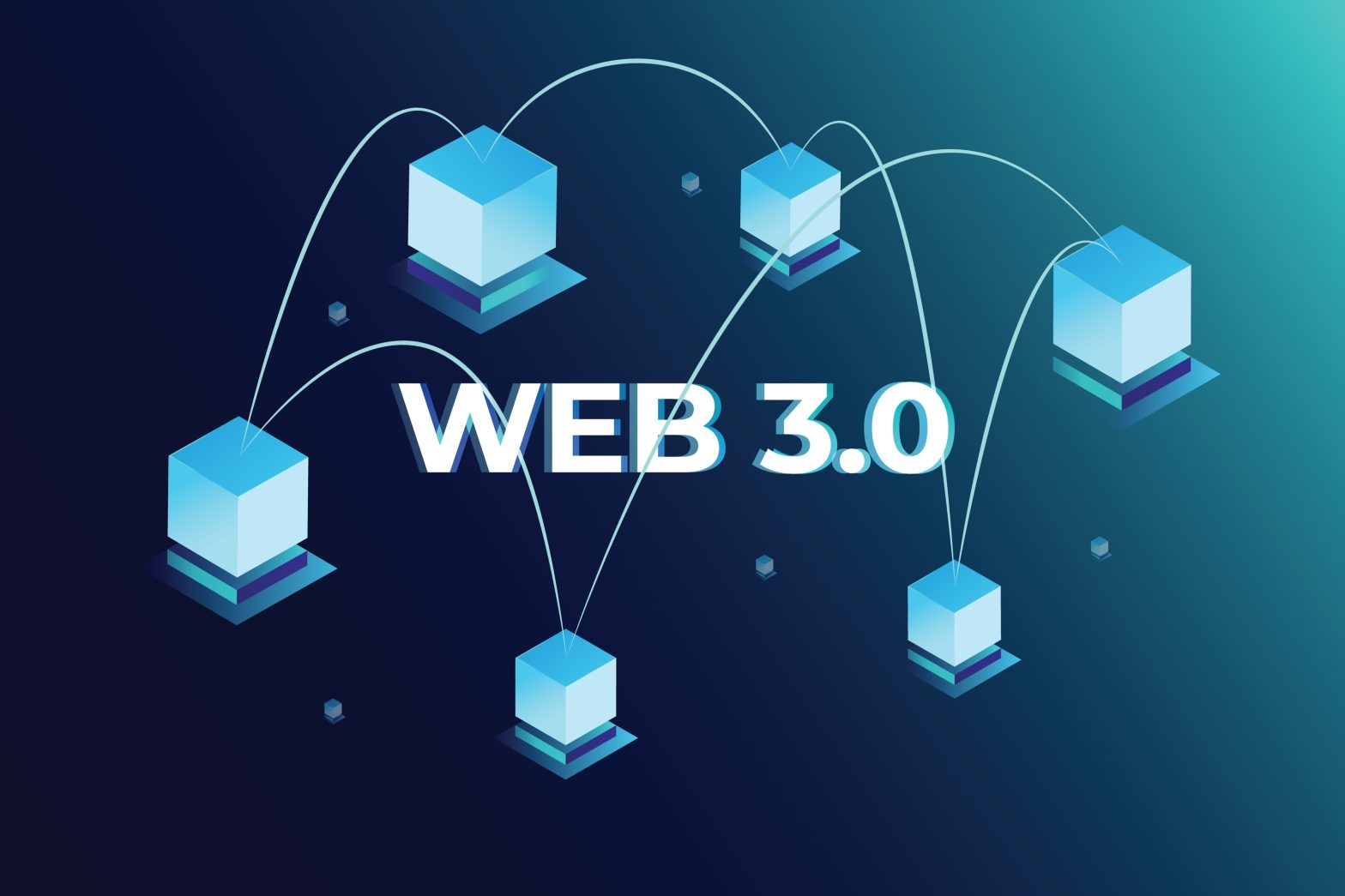Crypto on the menu: Blockchain's impact on gourmet dining and local markets
This content is provided by a third party.
When we think about blockchain, our minds often jump to cryptocurrency trends or investment buzzwords like Bitcoins or Ethereum price prediction. But blockchain technology is more than just a tool for tracking digital currencies.
It’s reshaping industries, including the way we grow, buy, and enjoy food. From ensuring the transparency of gourmet ingredients to empowering local farmers with direct, secure payment options, blockchain is revolutionizing the food industry in exciting ways.
Let’s explore how this tech is influencing everything from fine dining to local markets.
Blockchain’s recipe for transparency
In recent years, diners have become more conscious about what they eat. Questions like “Where was this grown?” or “Is it really organic?” are more common than ever. Blockchain technology is stepping in as the ultimate trust builder by offering full transparency in the supply chain.
So, how does it work? Blockchain acts as a digital ledger that records every transaction or movement in the supply chain. For instance, a farmer growing organic tomatoes logs their harvest into the blockchain.
The distributor updates the ledger when the tomatoes are transported, and the restaurant records their arrival in the kitchen. At every stage, the data is tamper-proof and accessible to anyone with permission to view it.
This transparency is a game-changer, especially for gourmet dining, where authenticity matters. Diners no longer have to take the restaurant’s word for it; they can verify the origins of their meal for themselves.
Gourmet dining gets a tech upgrade
High-end restaurants are embracing blockchain to elevate their dining experiences. Imagine ordering Wagyu beef at a top-tier steakhouse and being able to confirm that it came from a specific farm in Japan, aged precisely as promised. Blockchain ensures that every detail of the supply chain is documented, from the feed the cows were given.
But it’s not just about verifying quality. It’s also about creating stories. Restaurants can use blockchain to share the journey of an ingredient, making it part of the dining experience. That honey-glazed salmon? A QR code on your menu might show you the fisherman’s location when it was caught or a video of the beekeeper harvesting the honey.
For chefs, blockchain also means fewer worries about counterfeit goods. High-end products like truffles, saffron, and fine wines are often targets for fraud. With blockchain, these items can come with a digital certificate of authenticity, reducing the risk of fakes.
Supporting local farmers and markets
Blockchain isn’t just for fancy restaurants. It’s also transforming local food markets. Small farmers and producers often face challenges like intermediaries eating into their profits or buyers questioning their claims of organic or sustainable practices. Blockchain helps level the playing field.
By logging their produce on the blockchain, farmers can prove its authenticity and sell directly to restaurants or consumers. It removes the need for intermediaries, allowing farmers to keep more of the profits. It also builds trust with buyers who want to support local and sustainable practices.
Cryptocurrencies are also making it easier for local farmers to reach global markets. Some marketplaces are now using blockchain-based payment systems, allowing farmers to accept payments in cryptocurrencies. It is especially beneficial in areas where traditional banking systems are unreliable or expensive.
Reducing food waste with blockchain
Another benefit of blockchain in the food industry is its potential to reduce waste. Globally, about one-third of all food produced goes to waste, often because of inefficiencies in the supply chain. Blockchain can help by tracking products in real time, ensuring that food reaches its destination before it spoils.
For example, a blockchain system can alert distributors if a shipment of fresh produce is delayed, allowing them to reroute it to a closer market. This kind of real-time data helps everyone in the chain act faster, reducing the likelihood of waste.
Building consumer trust
In an era where scepticism about “organic” and “fair trade” labels run high, blockchain offers proof instead of promises. It builds consumer trust, which is crucial for both gourmet dining and local markets. Shoppers and diners are more likely to pay a premium when they can verify claims about sustainability, ethics, and quality.
Moreover, blockchain’s traceability isn’t limited to just food. Packaging, labour practices, and environmental impacts can all be tracked. It opens the door for businesses to demonstrate their commitment to social and environmental responsibility, something today’s consumers increasingly value.
The role of crypto in gourmet experiences
Cryptocurrencies like Bitcoin and Ethereum are finding their way into the food world, too. Some high-end restaurants now accept crypto payments, catering to tech-savvy diners who prefer digital currencies over traditional cash or cards.
For local farmers and markets, crypto offers another advantage: lower transaction fees. Traditional payment processors often charge hefty fees, but blockchain-based payments can significantly cut costs. It makes it easier for small producers to thrive in competitive markets.
The future of blockchain in the food industry
Blockchain’s impact on the food industry is still in its early stages, but the potential is immense. Gourmet dining will likely continue to use blockchain for provenance and storytelling, while local markets will benefit from increased transparency and efficiency.
As more consumers demand traceability and authenticity, blockchain could become as essential to the food industry as refrigeration or sanitation. And with cryptocurrencies playing a supporting role, this technology might soon be as common in kitchens and markets as it is in investment portfolios.
So, next time you’re enjoying a meal, whether at a Michelin-starred restaurant or your neighbourhood farmers’ market, take a moment to think about how blockchain might have helped bring that food to your plate. It’s not just a tech trend. It’s changing the way we eat, one block at a time.
This information is of a general nature only and should not be regarded as specific to any particular situation. This should not be taken as financial advice to buy, trade, or sell cryptocurrency or use any specific exchange. This is not intended for use as investment, financial or legal advice as each individual’s need will vary.
This is content submitted by a third party. It does not necessarily represent the views of the publisher of this website.



















